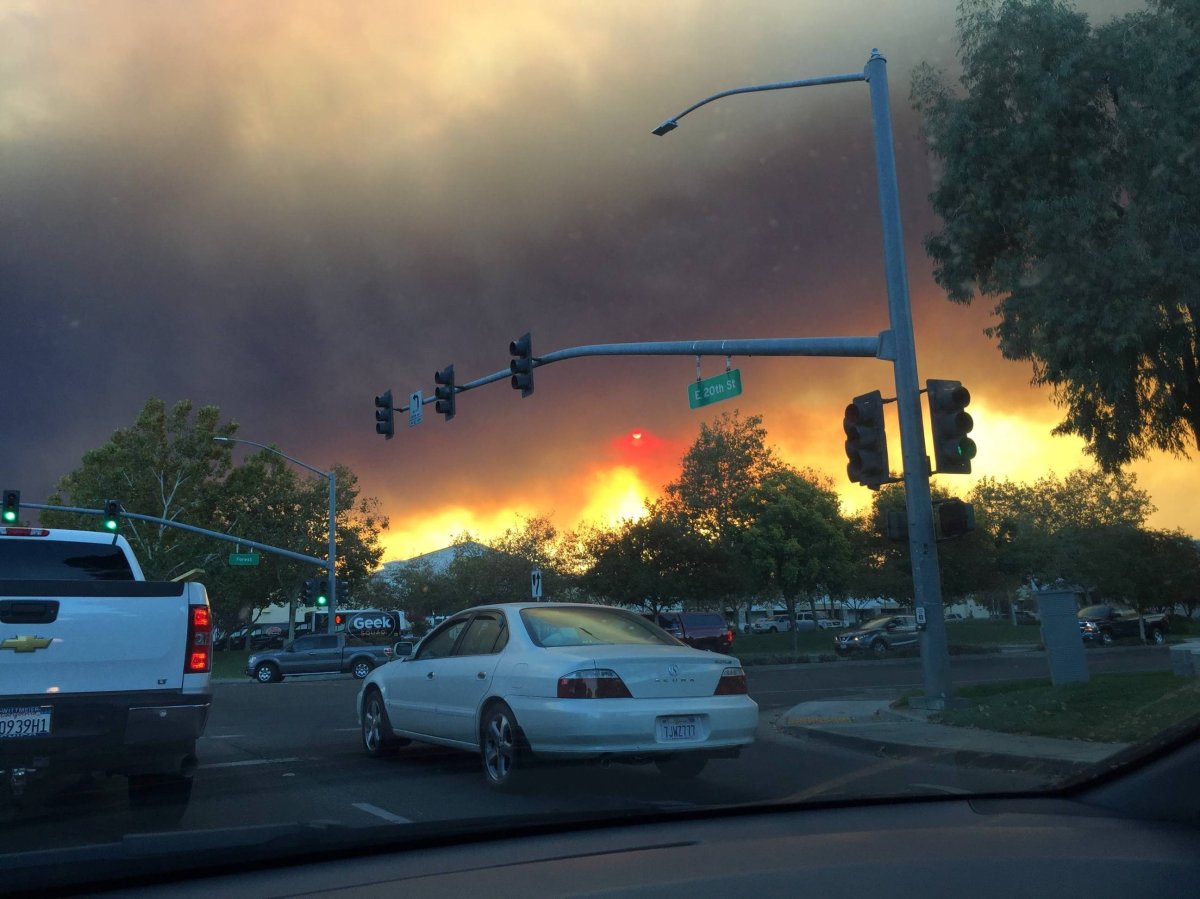Nearly seven months after the town of Lytton, B.C., burned to the ground in a raging inferno, what was once a community of nearly 300 sits largely uninhabited.

“It’s pretty well a ghost town,” laments the town’s mayor, Jan Polderman, in an interview with Global News.
The mayor insists he wants to rebuild Lytton. But that’s a starkly different approach from what’s known as a ‘planned’ or ‘managed’ retreat, a contentious measure where residents are paid to move away from areas at risk, often very reluctantly, or even against their will.
Conversations around managed retreat, while once off the table and considered taboo, are now happening with more frequency in Canada, including in communities like Gatineau, Que., or Grand Forks, B.C., each of which has struggled with recurring floods.
Jesse Keenan, an associate professor at Tulane University in New Orleans, studies how climate change impacts migration and, by extension, real estate values and urban planning policies.
At the other end of the continuum, he says, there is a kind of migration starting to happen where residents – exhausted and weary from the risks of forest fires, floods and other hazards – elect to move to a different part of the country, or even the world.
“These are people who have the means. They’re trying to get ahead of the curve. They’re thinking about not just their generation, but the next generation.”
Whether by necessity or by choice, ‘cli-migration,’ as it’s called, is still a niche area of research, with most of the evidence of this type of migration still in the anecdotal stage.
But, says Keenan, “we’re beginning to see some of the early evidence, if you will, of people on the move because of climate.”
The road to Duluth
Duluth is a small community on the shores of Lake Superior in northern Minnesota. It’s the kind of place people move to, says realtor and longtime resident Karen Pagel Guerndt, if they “enjoy outdoor experiences” such as hiking, biking or skiing.
Those qualities are now attracting a totally different type of clientele: people who are moving to Duluth because the town offers a safe harbour against climate change.

Katie Rohner, who readily admits she is a “climate migrant,” moved to Duluth from Chico, Calif., in September 2021 – after having to live through four consecutive years of intense wildfires, one of which, in 2018, completely destroyed the neighbouring community of Paradise.

Get weekly health news
She and her husband recently bought their “forever home” in Duluth. “I love it here,” she told Global News. Her best friend had moved to Duluth four years ago, but other than that, she says, “I didn’t even know where it was on the map,” she says.
Emphasizing that she is not a scientist, Guerndt, the realtor, says the prevailing wisdom among Duluthians has long been that Lake Superior “acts kind of like a big refrigerator.” That’s not exactly a selling point when it’s -20 C out, she says, or it’s when it’s snowing in April.
“We can have snow starting in October, and it can last sometimes all the way until May, and that’s shocking for a lot of people,” she says.
But when your community grapples with the threat of forest fires every year, or is at risk of sinking from sea level rise, then all of a sudden a place like Duluth becomes a really exciting option, especially if working from home is an option.

That was the calculus for Rose Chivers and her husband, Ryan. They live in Salt Lake City, a mountainous city that traps in air pollution. Chivers has asthma so even a ‘normal’ experience with polluted air is bad enough. But the last two summers were especially bad, as wildfire smoke from California and Oregon added to the mix. That experience, she said, made it “impossible to live here.”
For the past couple of months, they’ve been searching for a home to purchase in Duluth – fully cognizant that they aren’t ‘escaping’ climate change, but just improving their quality of life…for now.
Like Rohner, Chivers hadn’t really given much thought to Duluth until she stumbled across an article that referenced Jesse Keenan’s research – and his selection of the city as one of the most ‘climate-proof’ in the U.S.
The Rohners have already made their move, and the Chivers are planning a move soon. But others are looking to Duluth as a hedge against future climate risk.
Guerndt recently sold a house to a buyer from North Carolina who was looking for a ‘climate-safe’ investment property. The buyer’s theory was “to buy a property here, use it as a rental property for a few years, until she and her family members would move here in the future.”
Climate gentrification
For climate adaptation expert Keenan, whose research has identified the benefits of Duluth, gentrification is one of the unintended consequences of this emerging phenomenon. He says people moving into a smaller or less developed area can have a significant impact on local real estate values, even the quality of life.
“As people move in, and the (property) values get re-assessed … that begins to drive out and displace people locally, and that’s a huge challenge in many places,” Keenan says.
But for other places, climate migration is seen as an opportunity and is embraced.
One good example of that is Detroit. It’s a city that is struggling to deal with its huge tracts of vacant, empty land. The city is 370 square kilometres, just shy of the size of Montreal. Up to a third of all the land in Detroit is vacant.
That’s a huge opportunity for development if, for example, residents from vulnerable areas in South Florida moved up north, or people looking to escape wildfire risk were to move east.
From available land, to infrastructure, to arts and culture, “there are lots of reasons why Detroit could be appealing to those seeking ‘sanctuary,’ says Laprisha Daniels, the executive director of Detroiters Working for Environmental Justice.
Her group is working to ensure that new development in Detroit happens in a fair and equitable way.
“There has been concern from the community,” she says “about what is going to happen with the vacant land that is in (those) neighbourhoods.
“Will this become industry, and something in their backyards that may hinder or harm their well-being? Or is this going to be more development for housing, etc., and if so, who would have access to it?”
Preparing for the flood
So far, the burden has fallen largely on cities to prepare for climate change, and all the instability the climate crisis will bring in terms of lost property or long-term displacement.
“Canadian governments, for the most part, are further behind on recognizing that there’s going to be an issue around increasing demand for relocation,” says Jason Thistlethwaite, a University of Waterloo climate risk expert.
The risk – and the costs – of inaction, he says, are staring Canada in the face.
In 2021, the cost of natural disasters soared to US$280 billion, according to a report released this week by a large European insurance provider. Of that, just $120 billion was insured, meaning many others were on the hook for the costs of the cleanup.
“We’re very much in the preliminary stage of understanding the phenomenon (of climate migration) in Canada,” says Thistlethwaite, “but it’s only going to get worse.”
One of the challenges of planning for the future, he says, is the lack of data around climate risk.
“The information is buried; it’s incredible detective work,” Thistlethwaite says of the effort to access flood maps or other information that would better inform planning choices.
The other, he says, is complacency.
“We already have migration as a consequence of climate change,” he insists. “We just don’t want to admit it.”












Comments